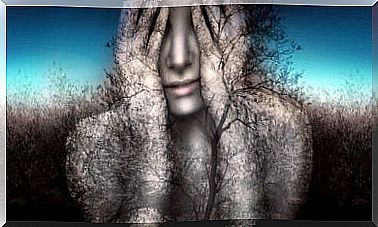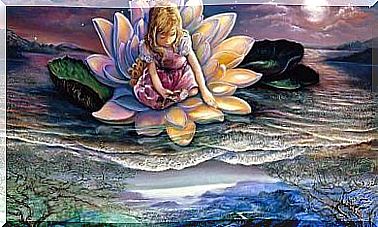Jean Piaget And His Theory Of Learning
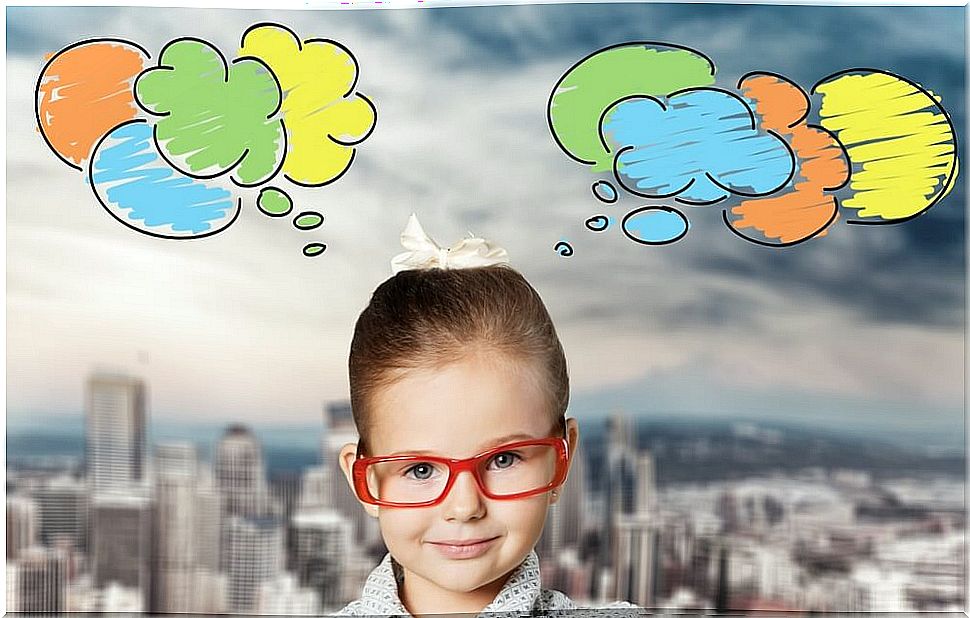
Jean Piaget is one of the names that is always written in gold in psychology. His theory of bandom’s cognitive learning has led us to see him as the father of modern pedagogy. He discovered that the principles of logic begin to take shape within us before we begin to use the language itself.
It comes from a sensory as well as motor activity and the interaction with the environment. Especially with the social cultural environment. Let’s take a closer look at the link between Piaget’s work and learning.
Mental development begins at birth and ends when we reach adulthood. It can be compared to organic growth. It is a constant development towards a state of balance. Our bodies develop into a relatively stable position which is characterized by the fact that we stop growing and that the organs have matured. In the same way , mental development can be seen as a developing process until it reaches a final stage of balance. This is also reached in adulthood.
Piaget’s theories of psychology and learning are based on mental development, language, play and understanding. This is why the teacher’s main task is to generate interest. This interest is an instrument with which she can understand and interact with the student. Research in this area has been conducted for almost forty years. The theory does not only aim to get to know the child better or to improve the pedagogical methods and learning; it also serves as an evaluation of children as human beings.

Piaget’s main idea is that it is essential to understand how the child’s mental mechanism is shaped to acquire its nature and function as an adult. His pedagogical theories were based on psychology, logic and biology. This was reflected in how he defines thinking and how it is determined by genetics and then built up through social cultural stimuli.
A person receives information in an active way, no matter how unconscious or passive the process may seem.
According to Piaget’s theory, learning is a process that is only logical during changes. Therefore , learning is partly a way of knowing how to adapt to change. This theory explains the dynamics behind change through the process of assimilation and adaptation.
Assimilation refers to the way in which we receive a stimulus from the environment on a social level. Adaptation, on the other hand, means a change in the current society in response to the demands of the environment. Through assimilation and adaptation, we restructure our learning through development. The term used for this is cognitive restructuring.
This adaptation, or adjustment, is the process by which the subject changes his plans and cognitive structures in order to be able to introduce new objects into the structure. This can be achieved by creating a new plan or by changing an existing one, so that new stimuli and related behavior can be integrated.
Assimilation and adaptation are two parallel and constant processes in cognitive development. For Jean Piaget, assimilation and adaptation interact with each other in a balanced process. This can be considered as a higher regulatory process that governs the relationship between assimilation and adaptation.
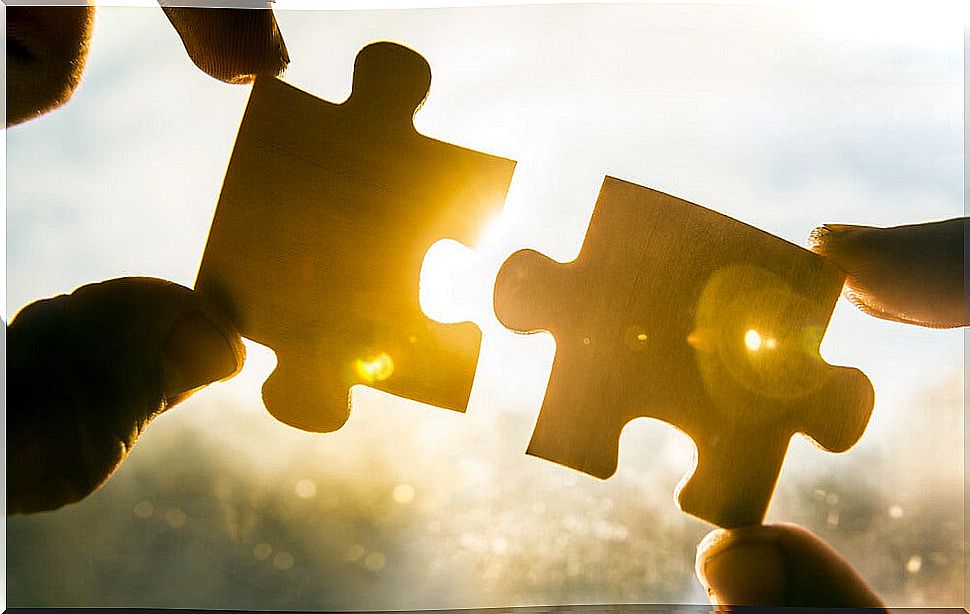
John Lennon said that life is what happens to us while we forge other plans, and often it can seem that way. Human beings need a special security to live peacefully, and this is how we often create our illusion of permanence. We imagine that everything is static and that nothing changes.
Of course, this is not true. Everything is constantly changing, including ourselves. We are usually not aware of it until the change is so obvious that we have no choice but to face it.
During early childhood, we witness a change in our intelligence. From being sensory, motor and practical based, it changes into real thoughts under the dual influence of language and socialization.
Language influences it by allowing the subject to explain his actions. It facilitates a construction of the past and helps to recall moments and situations that guided our previous actions.
It also allows us to predict future actions that have not yet occurred. We can put them into words and they do not even have to be performed. This is the starting point of our thoughts as a cognitive process, and it is also Piaget’s starting point (Piaget 1991).
Language itself, as an effect, combines concepts and perceptions that belong to everyone and reinforces individual thinking through a broad system of collective thinking. A child has reached this later stage of development when he can finally express himself in this way. In the same way, on a general level, the same thing happens with thoughts as well as with behavior.
Instead of fully adapting to the new realities that the child discovers and gradually builds up, he or she must proceed more slowly. They need to integrate this information with their character and action. This egocentric assimilation characterizes both the child’s initial thought process and their integration into society.
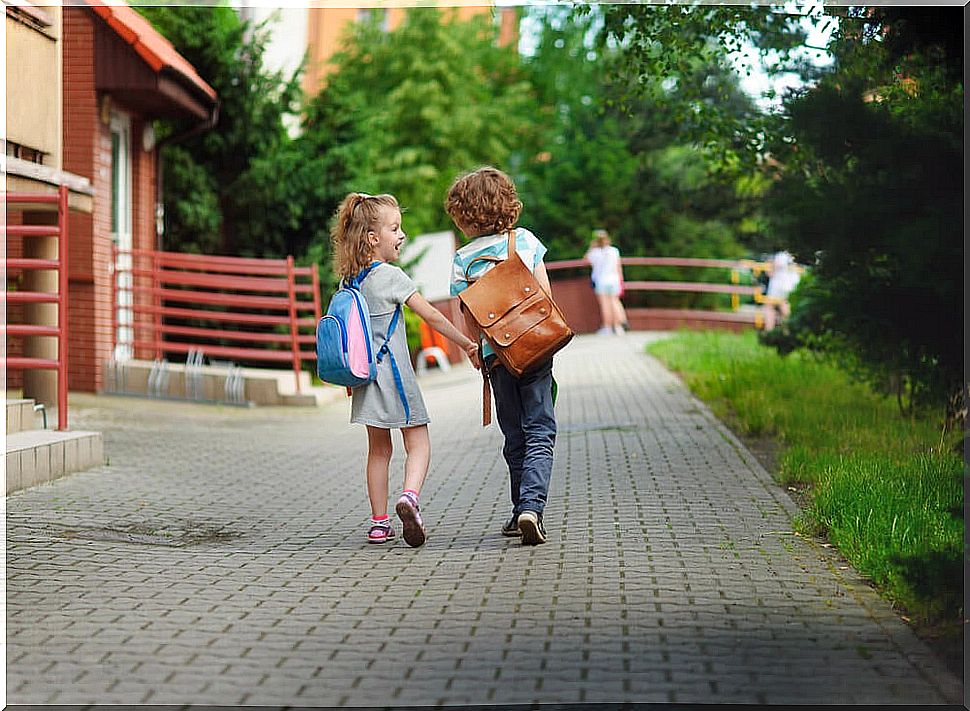
In 1976, Piaget published a small book entitled Behavior, The Engine of Evolution. In this book, he presents his perspective on how our behavior functions as a determining factor in evolutionary change. He argues that behavior is not merely a product of it, as would have been the case if it were mechanisms independent of the actions of these organisms.
Piaget argues mainly with neo-Darwinian expositions. He believes that biological evolution does not only occur through natural selection. A natural selection that is exclusively a product of random genetic variables and with varying degrees of survival and reproduction as a function of the benefits of adaptation.
From this perspective, it could be an independent process from the organism’s behavior. This could be the explanation for the consequences, for or unfavorable, of the phenotypic changes caused by totally random mutations and passed down through generations.
According to Piaget, behavior consists of the manifestation of the global dynamics of the organism as an open system in constant interaction with the environment. It can also be a factor in evolutionary change.
To understand and explain the mechanisms by which behavior would fulfill this function, he uses the concept of epigenetics and his own explanatory model through assimilation and adaptation. Epigenetics is the reciprocal interaction between a genotype and the environment to build a phenotype based on experience.

Piaget believes that all behavior involves an essential intervention of internal factors. He also points out that all animal and human behavior is to adapt to the conditions of the environment. This is in addition to its cognitive assimilation, which we see as an integration of previous behavioral structures.
We consider Piaget’s contribution to teaching to be extremely important for the formulation of teaching theory. Piaget is the founder of genetic psychology. This has significantly influenced the theory and practice of teaching created around it. This is distinct from the natural changes that have led to different formulations over time.
Piaget’s contribution has led to the development of many important sub-works. His work is centered around his discoveries about human thinking from a biological, psychological and logical perspective. We should clarify that the term “genetic psychology” is not meant from a biological or physiological context, as it does not refer to human genes. It is referred to as genetic because he developed his work with reference to the origin or origin of human thought.
One of the biggest contributions from Piaget to today’s teaching was to provide a good foundation for goal-oriented learning. The goal is that the child during the first years of his teaching should achieve good cognitive development. This should be the first goal of a child’s learning. It is absolutely basic and a complement to what the family has taught the child at home. These rules and guidelines allow the child to adapt well to the school environment.
There is another contribution of Piaget that we can see in some schools today. He maintains the view that the theoretical learning that a child receives in the classroom is not in itself enough for the child to learn everything about the subject. Learning involves other pedagogical methods, such as the application of knowledge, experimentation and demonstration.

The main goal of teaching is to create people who are capable of making changes. Do not just repeat what previous generations have already done. The teaching should produce creators, inventors and discoverers. The second goal of teaching is to encourage critical thinking and to ensure that students do not accept everything that is offered to them (Piaget 1985).
Going through Piaget’s theories would make any teacher see how his students’ minds develop. The central idea in Piaget’s theory is that knowledge is not a copy of reality, but a product of a person’s interaction with his surroundings. This knowledge is thus always individual and different from all other forms of existing knowledge
B ibliografi
Piaget, J. (1981). The theory of Piaget. Childhood and Learning, 4 (sup2), 13-54.
Piaget, J. (1985). Building up reality in a child.
Piaget, J. (1969). Psychology and pedagogy. Barcelona: Ariel.
Piaget, J. (1991). Six studies of psychology.
Piaget, J., & Inhelder, B. (1997). Psychology of the child (Vol. 369). Morata editions.
